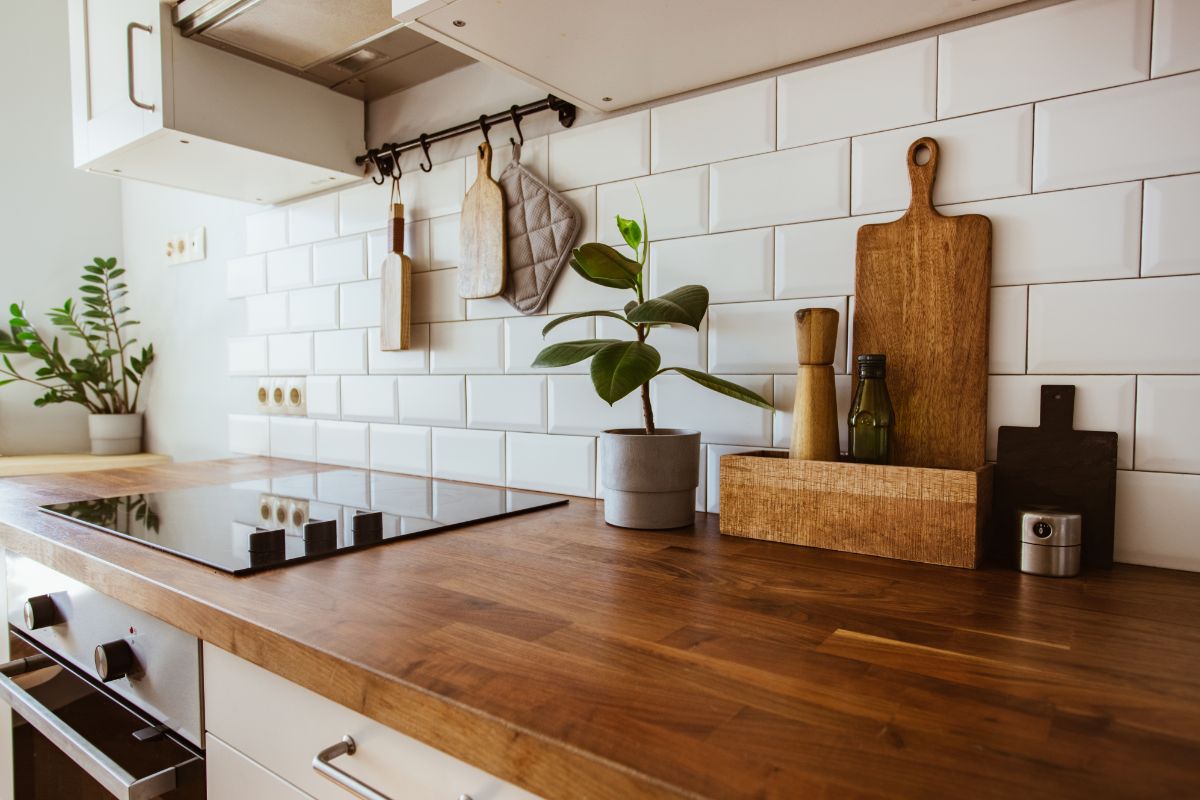
You may remember our discussion about choice architecture a few lessons ago, which refers to creating an environment that nudges preferred behaviors.
Let’s dig a little deeper into what this means from a long-term, lifestyle-change perspective.
Many of your routine, day-to-day behaviors are habits—automatic responses to cues you experience in your environment.
Walk into a dark room and flick on the lights. See your keys and grab them as you go out the door. Notice a plate of cookies on the counter…
You get the idea.
Since we all perform these behaviors with little or no conscious awareness, we don’t appreciate the role that our surroundings play in influencing what we do.
Here’s the thing. If habits and routines are your basic behaviors, and they depend on cues in the environment, it makes sense to design your environment with healthy cues, right?
This is the reason why some populations in the world don’t suffer the same health problems that we do. Healthy cues, healthy behavior.
The good news? You don’t need to move to another country to improve your health. You do, however, need to think about your environment differently than you’re used to.
Here is our choice architecture strategy for the Where of Health:
- Know Your Danger Areas
- Modify Your Surroundings
- Have a Backup Plan
